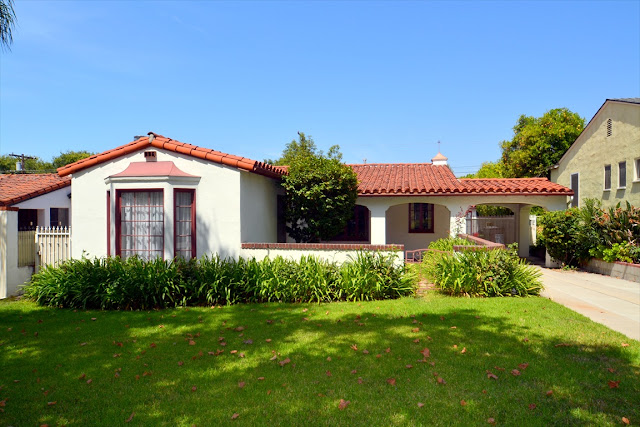Public Spaces in Lucknow -the influence of power (page 8)
Ambedkar-tower over the raised plaza at the entry to the Samajik Parivartan Library and Museum. Elephants, the party symbol, add to the iconography. The term 'sthal', sacred symbols such as the yantra and mandala patterns in design, and deification of historic and contemporary figures suggest a sacred site and this is what Mayawati declares the complex to be a place of pilgrimage. Three places associated with Ambedkar- Janmabhoomi (birthplace) in Mhow near Indore in Madhya Pradesh, Deekshabhoomi (where he converted to Buddhism) in Nagpur,
and Chaityabhoomi (Samadhi) in Mumbai- are considered to be pilgrimage sites and are visited by people in large numbers. The Madhya Pradesh government is even thinking of holding an Ambedkar Mahakumbh (festival of pots) annually at Mhow.
Although Lucknow does not have those lifecycle event associations, sacredness is sought to be created through iconography, architectural forms and urban design. Ambedkar Jayanti (Dr Ambedkar's birthday) was celebrated with much fanfare in Lucknow on April 14, 2008, When Mayawati unveiled the newly installed statuary (including her) at the Ambedkar Memorial. Clearly, the function of statues goes beyond embellishment of architecture and landscape, they are meant for 'darshan' and for felicitation rituals on anniversaries and other occasions. This Kind of deification stems from Indic culture converging with the colonial tradition of erecting statues in parks and urban squares. Mayawati, however, is celebrating not only social reformers and leaders of her party but her own personality cult as well. She has justified the erection of her statue in her lifetime by claiming that her mentor Kanshi Ram wanted her to.
(Continues...)




Comments
Post a Comment